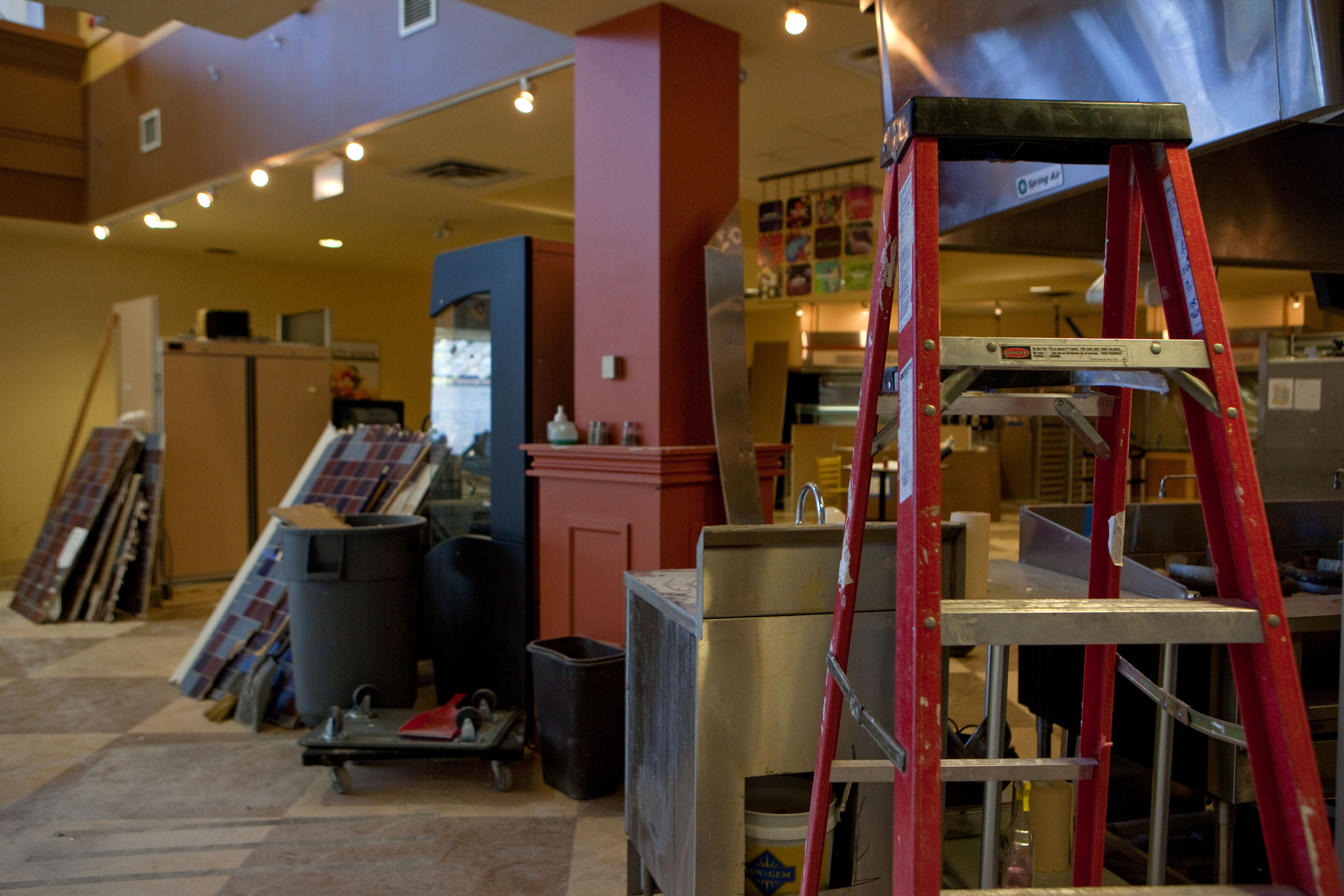Dining hall to offer ‘all-you-can-eat’ meal plan


This year Wilfrid Laurier University will see a newly renovated dining hall coupled with an entirely new meal plan system for first-year students. The new system will operate on a board meal plan rather than the declining balance system which has, until now, been utilized.
Dan Dawson, assistant vice president of student services at Laurier, explained that Aramark, the current operator of food services at WLU, has found that students at other locations in both Canada and the United States tend to focus on eating what they can afford as opposed to what they crave, which results in poor diets.
“That kind of mindset shouldn’t even come into a student’s mind [at Laurier] anymore,” said Dawson.
“They should be able to choose whatever is there, fill their plate and eat what they feel like eating.”
In order to ensure that Laurier students have diverse food options, Aramark, Student Services and the Wilfrid Laurier University Students’ Union have teamed up to revamp the meal plan system and dining hall.
The new board meal plan, which allows first years to buy a block of meals, will only be used in the dining hall. Flex dollars for alternative on-campus locations will still be included, but convenience dollars for off-campus locations will have to be added separately.
The new board meal plans will be purchased separately each semester. The cheapest option, the “Light Eater,” consists of 230 meals and $950 flex dollars, costs $3,885 per year**. The largest option, the “Freedom,” includes unlimited meals and $300 flex dollars, costs $4,450.
“Once a student is in the dining hall, it is ‘all-they-care-to-eat’,” explained Dawson. “You can eat all that you want, [but] there will be restrictions on take-out; however, once you’re in there you can eat to your heart’s content.”
Starting in September, these board meal plans will be the only option for first year students, as the old meal plan options no longer exist.
The carry-forward policy was also eliminated as of the 2011 academic year, so remaining funds on a student’s meal plan at the end of the academic year will be removed.
While the all-you-care-to-eat system may appear to some to be an expensive option, Dawson emphasized that no money will be lost in the changeover.
“The overall financial stability of food services as an entire operation … [is] trying to come up with a financial model that is going to balance everybody’s interests,” he stated.
“On the business side of things [Aramark has] corporate experience to understand that it will all kind of average out in the long term.”
Chris Walker, vice-president of university affairs at the Students’ Union, explained that before this new initiative was put in place, WLUSU, along with student services, researched other institutions in Ontario, such as the University of Carleton and University of Toronto in Scarborough, to ensure it was the right choice.
“The feedback we got [out of the schools visited] was that the experience was much better in that type of facility; the diversity options of food, the quality of food [and] the customer service was greatly improved,” he said. “Through that research we kind of came to the conclusion that that would be the model that we would see as an improvement on the Laurier campus as food services continues to be an issue.”
Michael Onabolu, president and CEO of WLUSU, echoed Walker’s comments.
“We really are working hard to make sure that students are happy with the new meal plan system … [and] a lot of research has gone into it to ensure it is the best plan for students,” he said.
While many improvements for first years are expected, there may be some kinks for other customers in the dining hall. Mica Gold, an incoming second year Laurier student, voiced her concerns to The Cord about the changes.
“I think it’s trying to address a legitimate problem by giving it the wrong medicine, and I think it’s going to make it worse,” she asserted. “Different students eat different amounts, and it’s kind of unfair for students who don’t eat as much to be paying the same amount as someone who does.”
When senior students, staff and faculty go in to purchase food, they will be able to fill up their plates and pay a pre-determined price for their food, much like a buffet-style restaurant. This system, according to Dawson, will be the cheapest option for non-first years.
The option for blocks of meals to be bought by upper year students is currently being created. However, as of now, the primary focus is to ensure that first years are able to fully utilize their meal plans.
The dining hall is currently undergoing renovations in order to sustain the new all-you-care-to-eat system. A new entrance and exit are being created, as well as brand new food stations and expansions to old favourites.
The costs of the renovations, according to Dawson, are still being finalized.
Dawson, Walker and Onabolu concluded that they are excited for the new changes and hope they will positively reflect the needs of Laurier students.
**Editor’s note, Aug. 1, 11:04 a.m.: This article has been updated from its original version. Initially the story stated that the cost of the new meal plans was per semester, when it is in fact per year.


